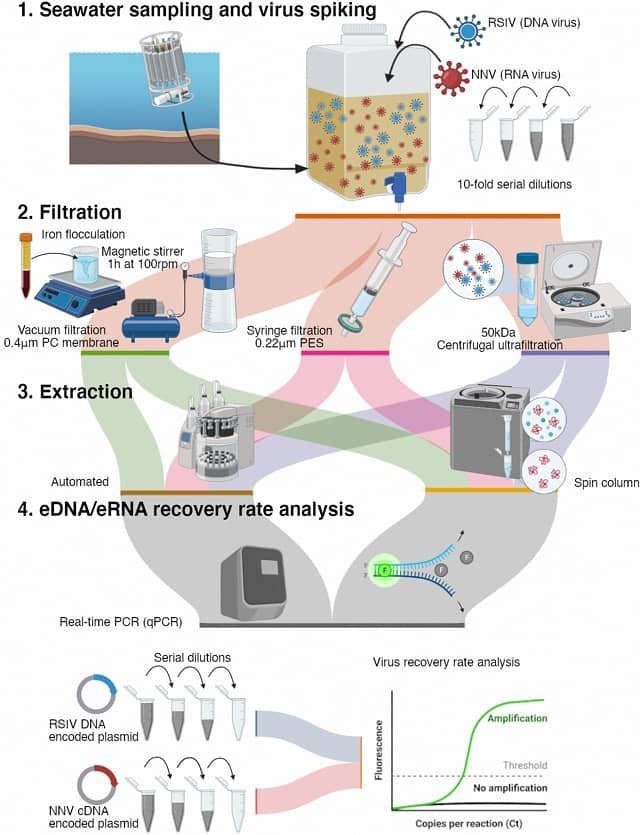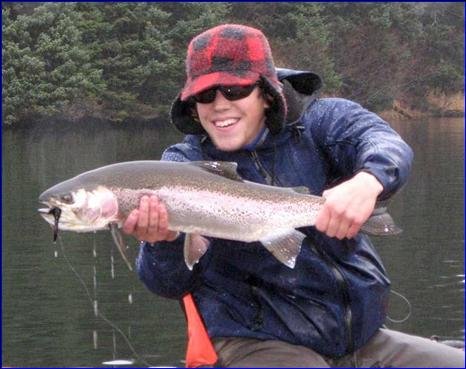Seattle, USA.- Many populations of native steelhead trout in the Pacific Northwest US are threatened by disease, habitat loss, poor ocean survival, and genetic mixing with hatchery steelhead trout. Steelhead are a form of rainbow trout that migrate out to the ocean when young, and return to spawn, just like many salmon species.
Hatchery-produced steelhead have lower survival in the wild because they become less afraid of predators; one of the resulting concerns is that interbreeding between hatchery and wild steelhead will erode the natural fitness of wild steelhead and hinder their recovery. However, it can be difficult to separate wild and hatchery steelhead genetically.
Now a new rapid genetic technique is applied to steelhead that uses a single sequencing chip to gather information on more than 57,000 locations where DNA differs among populations in trout and salmon species. The new technique greatly simplifies genetic analysis of steelhead comparing to whole-genome sequencing, requiring less than 1% as much storage space and computer time for the analysis.
The study found 360 DNA locations that differed between wild and hatchery steelhead and could be used to separate these populations. The research was conducted by SAFS postdoc Wesley Larson, SAFS professor James Seeb, Kenneth Warheit of WDFW, and their coauthors, and appears in the Canadian Journal of Fisheries and Aquatic Sciences.
Reference:
Wesley A. Larson, Yniv Palti, Gunagtu Gao, Kenneth I. Warheit, James E. Seeb. Rapid discovery of SNPs that differentiate hatchery steelhead trout from ESA-listed natural-origin steelhead trout using a 57K SNP array. Canadian Journal of Fisheries and Aquatic Sciences, 2018, Vol. 75, No. 7 : pp. 1160-1168.
https://doi.org/10.1139/cjfas-2017-0116 http://www.nrcresearchpress.com/doi/abs/10.1139/cjfas-2017-0116#.WzWQOdJKjIV
Source: University of Washington
Editor at the digital magazine AquaHoy. He holds a degree in Aquaculture Biology from the National University of Santa (UNS) and a Master’s degree in Science and Innovation Management from the Polytechnic University of Valencia, with postgraduate diplomas in Business Innovation and Innovation Management. He possesses extensive experience in the aquaculture and fisheries sector, having led the Fisheries Innovation Unit of the National Program for Innovation in Fisheries and Aquaculture (PNIPA). He has served as a senior consultant in technology watch, an innovation project formulator and advisor, and a lecturer at UNS. He is a member of the Peruvian College of Biologists and was recognized by the World Aquaculture Society (WAS) in 2016 for his contribution to aquaculture.




